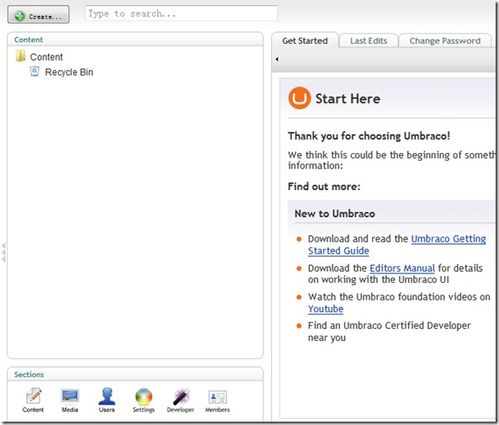Understanding the Web: A Comprehensive Survey

Have you ever wondered about the vastness and complexity of the World Wide Web? The web is an intricate network of information, services, and resources that has revolutionized the way we live, work, and communicate. In this detailed survey, we will delve into various aspects of the web, exploring its history, structure, technologies, and impact on society.
History of the Web

The concept of the web dates back to the 1960s when computer scientist Tim Berners-Lee proposed a system for sharing information over the internet. In 1989, he developed the World Wide Web, which allowed users to navigate through hyperlinked documents. Since then, the web has evolved significantly, with advancements in technology and the increasing number of users.
Structure of the Web

The web is structured as a network of interconnected web pages. Each web page is identified by a unique URL (Uniform Resource Locator). These pages are created using HTML (Hypertext Markup Language), CSS (Cascading Style Sheets), and JavaScript. The web server hosts these pages, and web browsers like Chrome, Firefox, and Safari allow users to access and view them.
Web Technologies
Several technologies power the web, enabling its functionality and user experience. Here are some key technologies:
| Technology | Description |
|---|---|
| HTML | Used to create the structure and content of web pages. |
| CSS | Used to style and format web pages, including colors, fonts, and layout. |
| JavaScript | Used to add interactivity and dynamic content to web pages. |
| Web APIs | Allow web applications to access and interact with external services and data. |
Web Development
Web development involves creating and maintaining websites and web applications. It encompasses various disciplines, including:
- Front-end development: Building the user interface and experience using HTML, CSS, and JavaScript.
- Back-end development: Developing the server-side logic and database management.
- Full-stack development: Combining front-end and back-end development skills.
Web Hosting
Web hosting is the process of storing and serving website files on a web server. There are various types of web hosting services, including:
- Shared hosting: Multiple websites share the same server resources.
- Virtual Private Server (VPS): Each website has its own virtual server environment.
- Cloud hosting: Websites are hosted on a network of interconnected servers.
Web Security
Web security is crucial to protect websites and their users from various threats, such as hacking, malware, and data breaches. Some common web security measures include:
- SSL/TLS encryption: Encrypts data transmitted between the web server and the user’s browser.
- Firewalls: Protects the web server from unauthorized access.
- Regular security audits: Identifies and fixes vulnerabilities in the website.
Impact of the Web on Society
The web has had a profound impact on society, transforming various aspects of our lives:
- Communication: The web has revolutionized the way we communicate, allowing us to connect with people worldwide through email, social media, and instant messaging.
- Education: Online learning platforms and resources have made education more accessible and flexible.
- Business: The web has opened up new opportunities for businesses to reach a global audience and engage with customers through e-commerce and online marketing.
Conclusion
The web is a vast and dynamic ecosystem that has transformed the way we live, work, and communicate. Understanding its structure, technologies, and impact on society is essential for navigating this digital landscape effectively.
